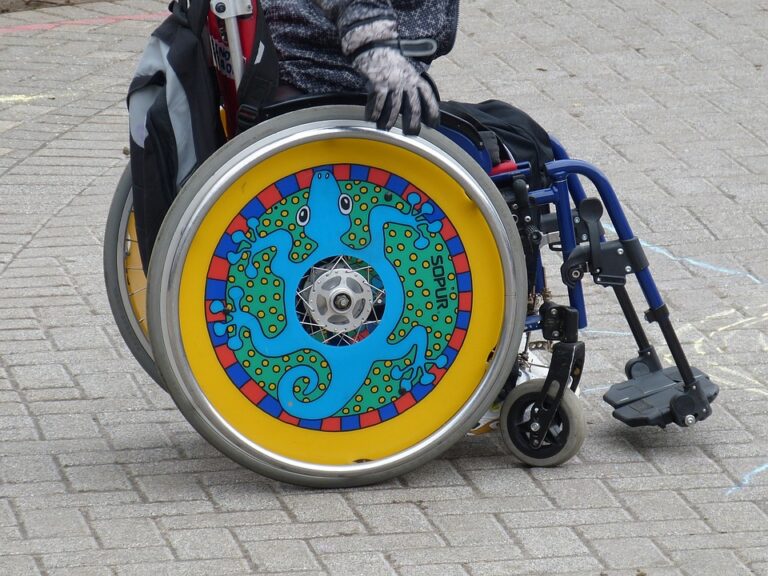
Unlocking the Mystery of Dyscalculia in Children: Signs, Symptoms, and Solutions
Mathematics is a universal language, but for some children, it remains an enigma that they struggle to decode. Dyscalculia, often referred to as “math dyslexia,” is a condition that affects a child’s ability to understand and work with numbers. Despite adequate intelligence and instructional support, children with dyscalculia experience persistent difficulties in grasping mathematical concepts. However, with increased awareness and appropriate interventions, these challenges can be overcome, allowing children to unlock their mathematical potential.
Recognizing the Signs and Symptoms:
Identifying dyscalculia early on is crucial for providing timely support to affected children. While each child may display different signs, there are common red flags that parents and educators can look out for:
1. Difficulty with basic number concepts: Children with dyscalculia struggle to understand cardinality (the value of a number), one-to-one correspondence, number line, and basic counting principles.
2. Poor arithmetic skills: These children may struggle with addition, subtraction, multiplication, and division, often resorting to finger counting or using manipulatives for basic calculations.
3. Inability to understand mathematical symbols and language: Dyscalculic children find it challenging to comprehend mathematical symbols such as plus, minus, multiplication, or division signs. They may also struggle with the language of mathematics, making word problems an uphill battle for them.
4. Difficulty with number patterns and relationships: Recognizing and understanding patterns, sequences, and mathematical relationships is often a hurdle for children with dyscalculia.
5. Poor spatial awareness and organization: Dyscalculia can affect a child’s ability to visualize and mentally manipulate objects or numbers, leading to difficulties in understanding quantity or spatial arrangements.
Implementing Effective Solutions:
Once diagnosed, parents and educators can employ a variety of strategies and interventions to support children with dyscalculia:
1. Multisensory learning approaches: Incorporating multiple senses into the learning process helps dyscalculic children comprehend and internalize mathematical concepts. Using manipulatives, such as blocks or counting beads, can enhance their understanding of numbers and operations.
2. Explicit instruction: Breaking down complex concepts into smaller, manageable steps allows dyscalculic children to grasp each component before moving on to the next. Explicit instruction helps create a sturdy foundation for building mathematical skills.
3. Visual aids and concrete representations: Visual cues and concrete representations, such as charts, diagrams, or number lines, provide tangible support for dyscalculic children. These aids make abstract concepts more accessible and help them make connections between numbers and their applications.
4. Individualized instruction: Tailoring instructional approaches to a child’s specific needs is essential. Recognizing and addressing the unique challenges faced by each student ensures they receive appropriate support and scaffolding to overcome their difficulties.
5. Regular practice and reinforcement: Consistent and targeted practice is crucial for improving mathematical skills. Encouraging children to engage in regular exercises, both inside and outside the classroom, can enhance their confidence and competence in tackling math problems.
6. Intervention programs: Engaging in specialized intervention programs designed for dyscalculic children can provide additional support and guidance. These programs, often offered by educational psychologists or learning centers, focus on addressing specific difficulties and enhancing mathematical abilities.
Conclusion:
Dyscalculia may be a mysterious hurdle for children, but with increased awareness and targeted interventions, it can be conquered. Recognizing the signs and symptoms of dyscalculia early on enables parents and educators to provide appropriate support and interventions. By utilizing multisensory learning approaches, visual aids, and tailored instruction, children with dyscalculia can unlock their mathematical potential and gain confidence in their abilities. With the right tools and strategies, the enigma of dyscalculia can be unravelled, paving the way for a brighter mathematical future for affected children.
Younger Glowing Skin - Discover Ancient Ayurvedic Secrets at DoctorIndiaHerbals.com
Explore One of the Largest Collections of Dinosaur-Themed Toys, Games, Gifts, Decor, and More at DinoAvenue.com
Discover Premium Design Elevator Shoes for Men and Women at LondonCobblers.com
Discover Hidden Family Destinations for Vacations at Places.Travelz.io
Find the Best Deals on Airfare and Hotels with Advanced Metasearch Technology at www.Travelz.io
30% off on Kids items
STEM science experiments for Kids
Premium Science Toys and experiments